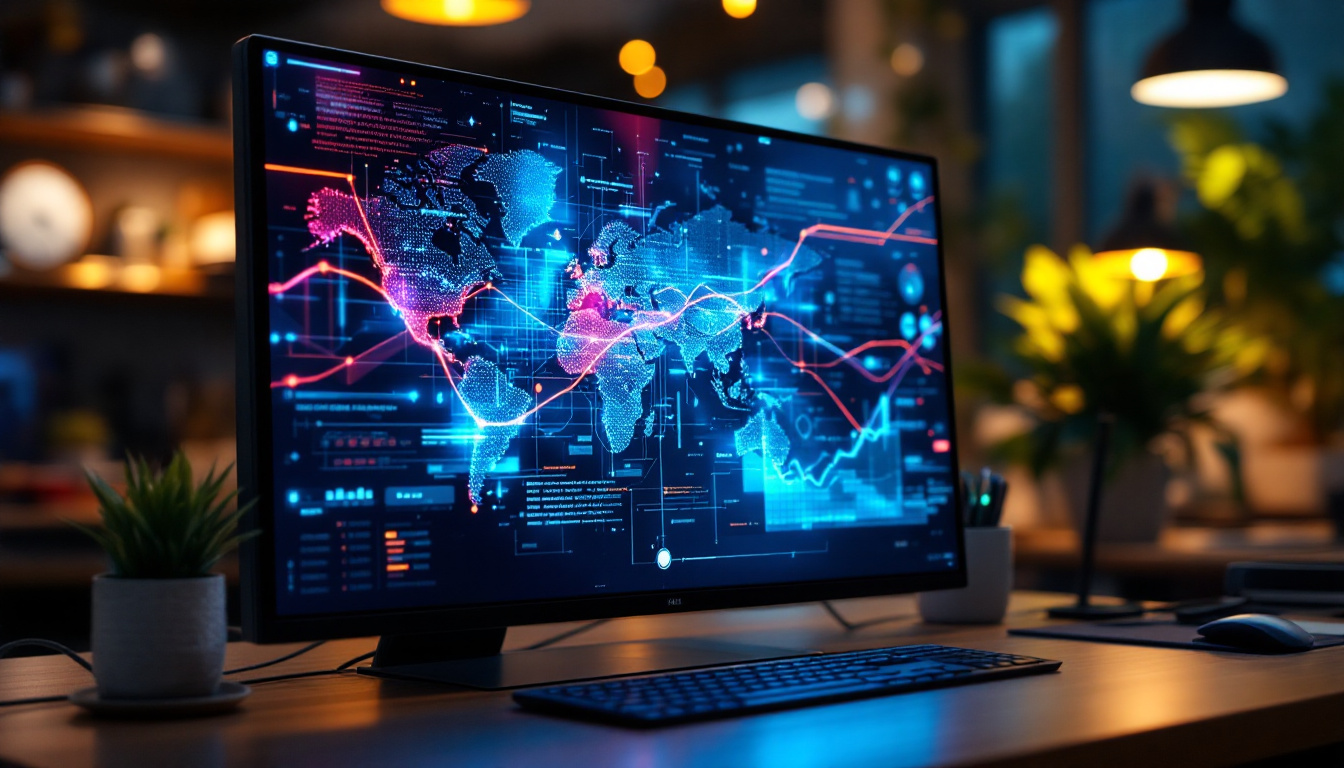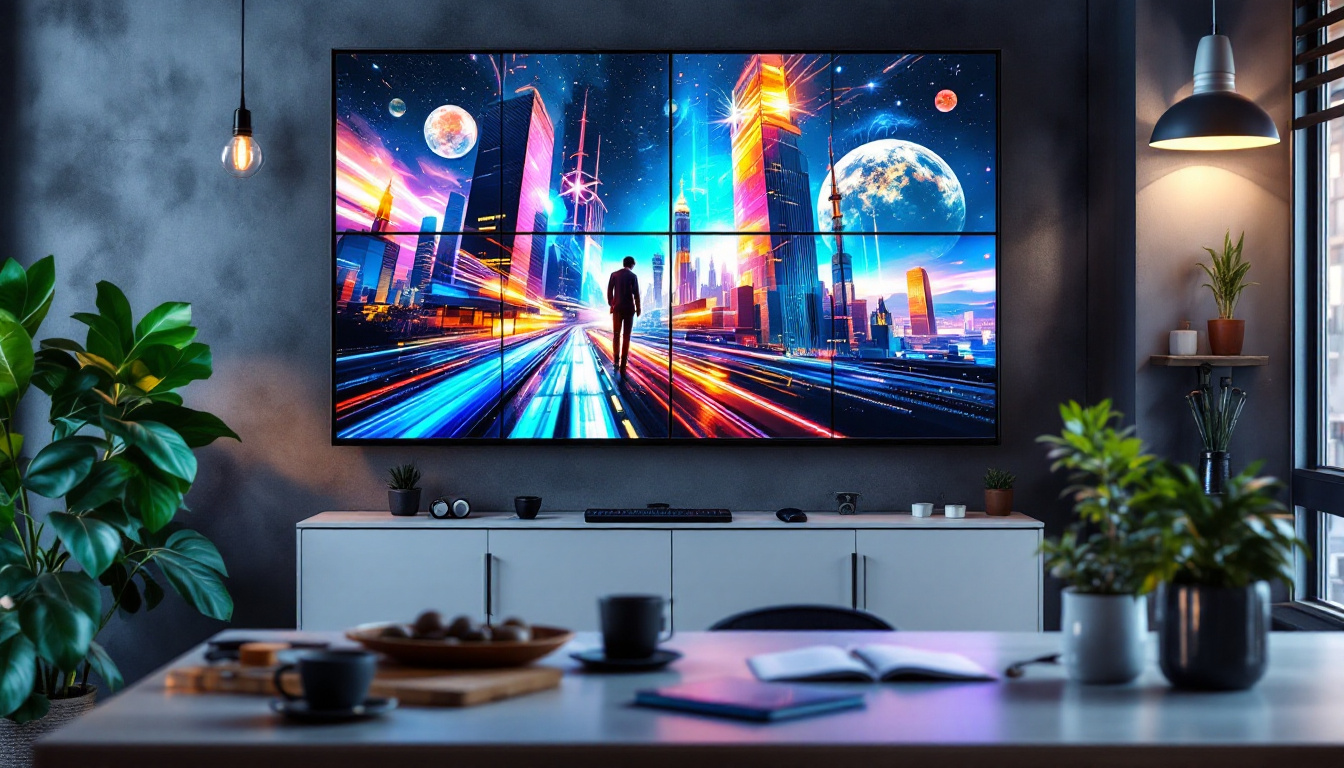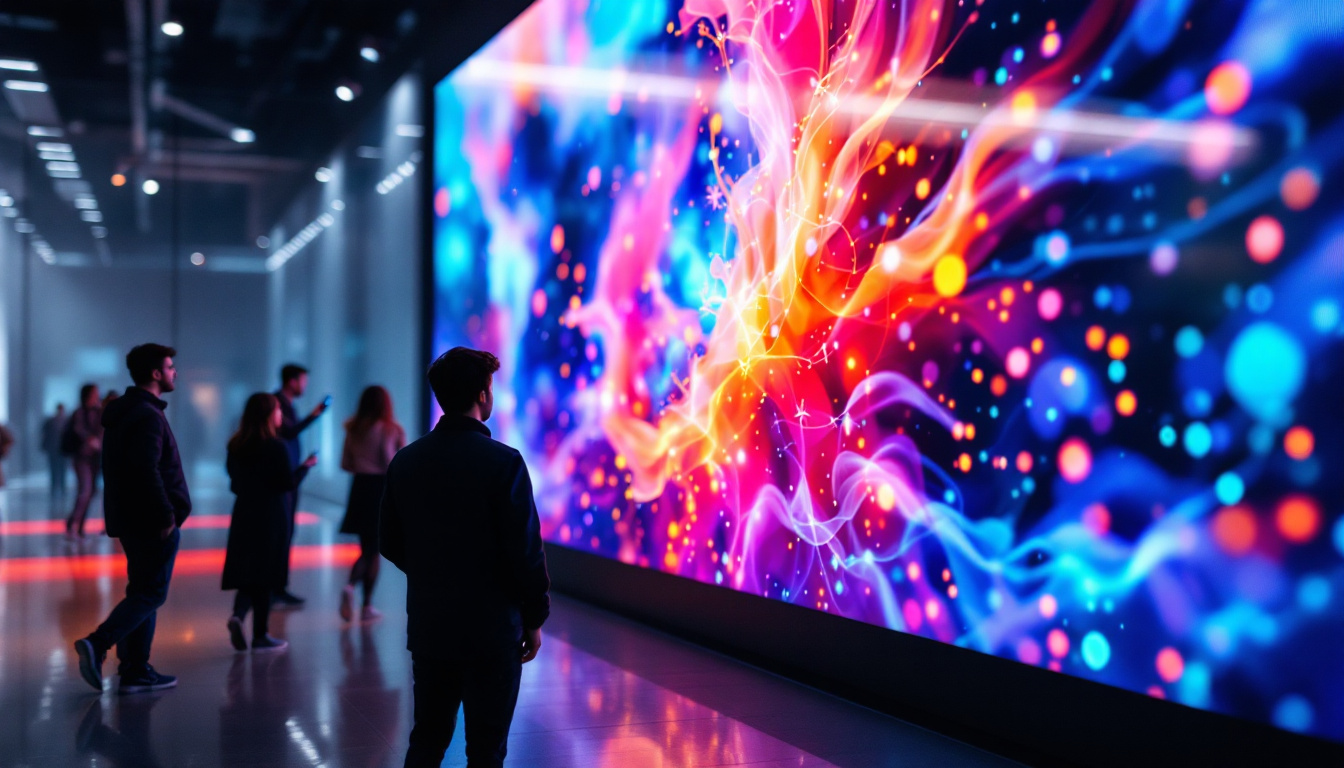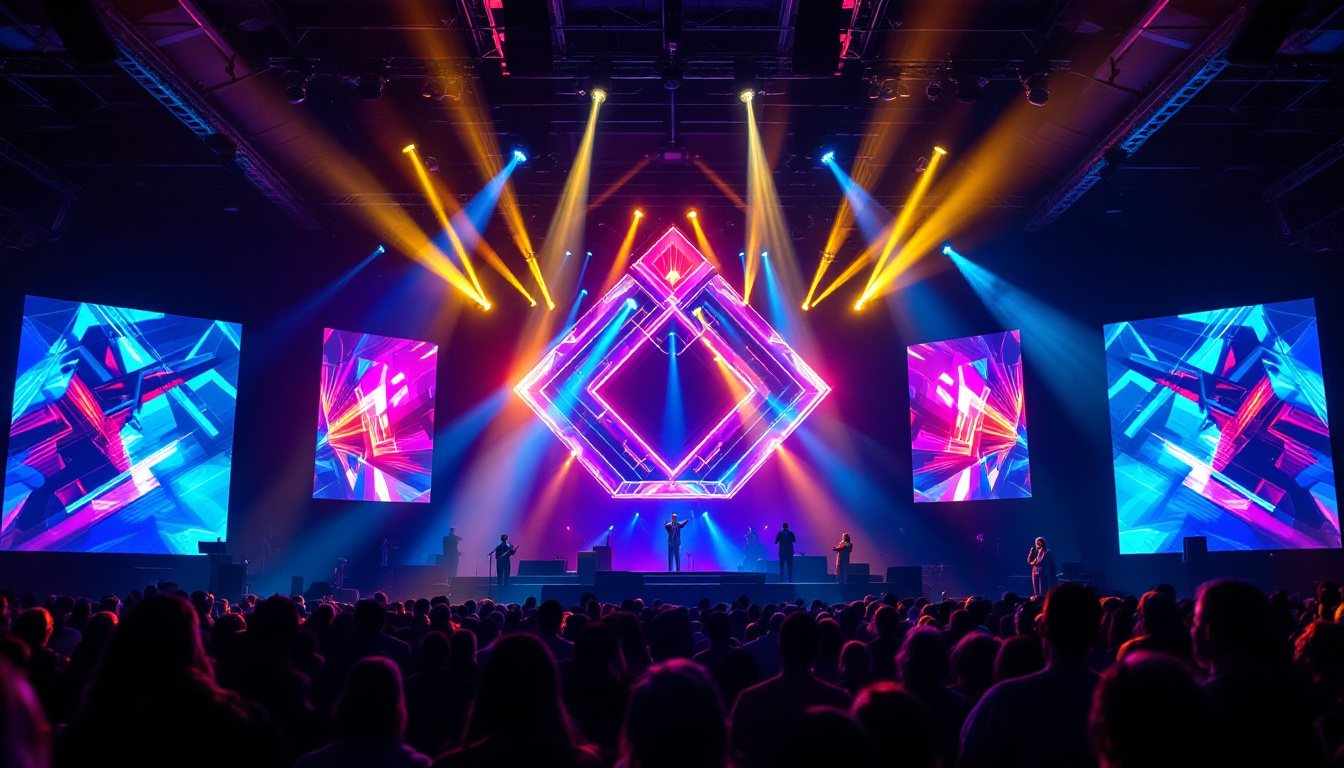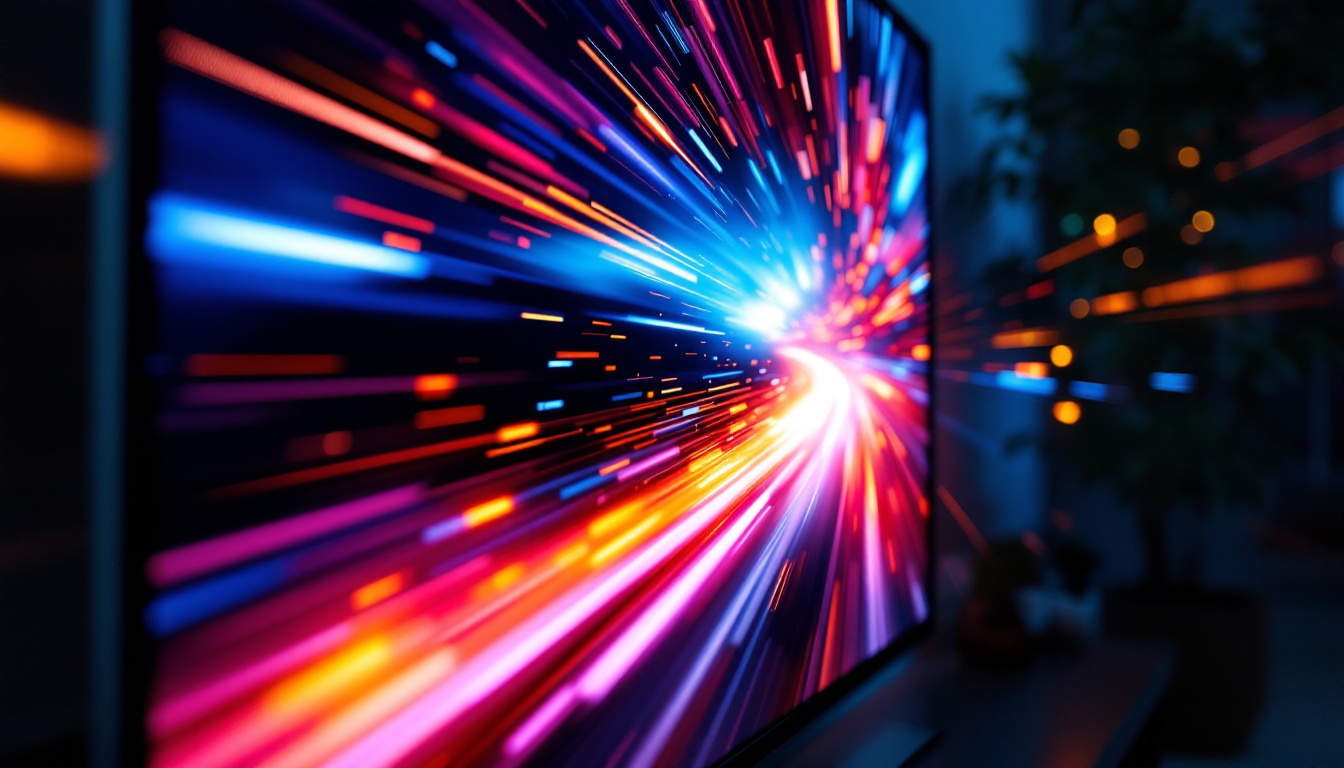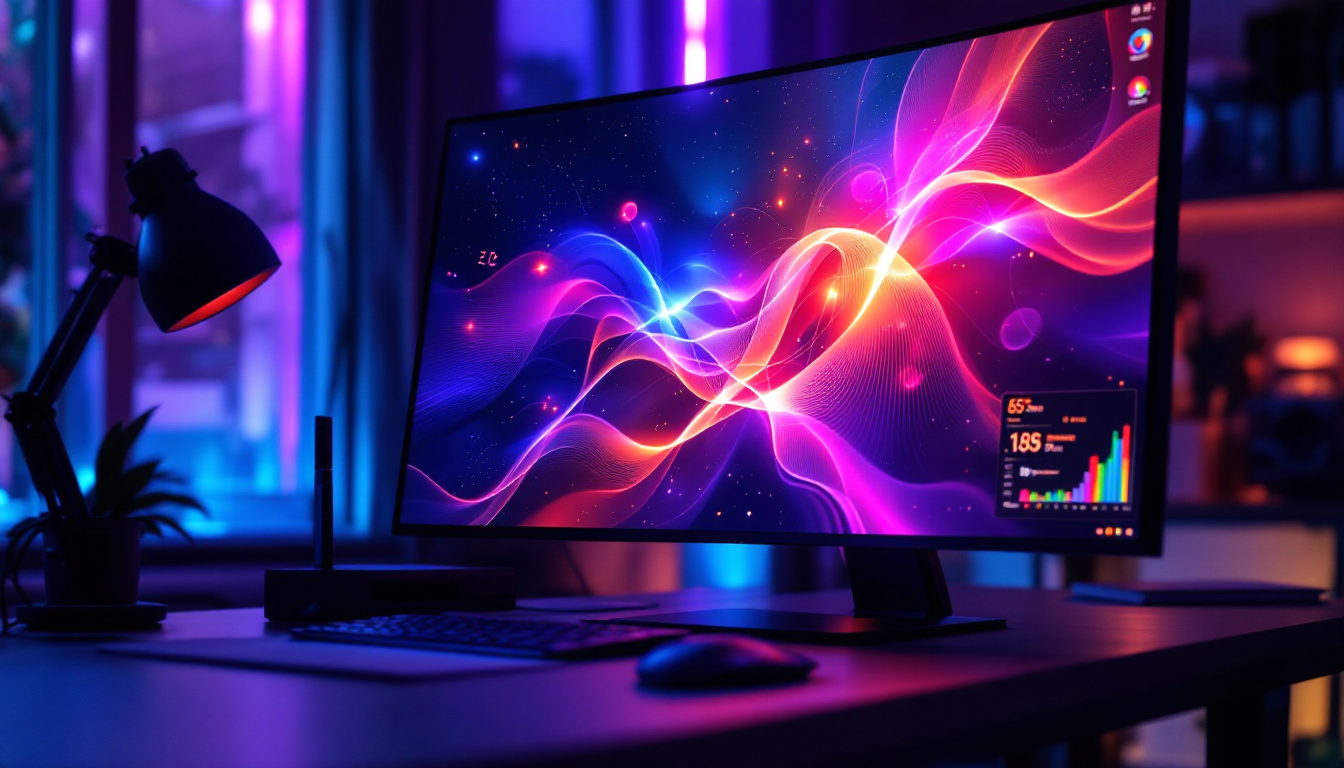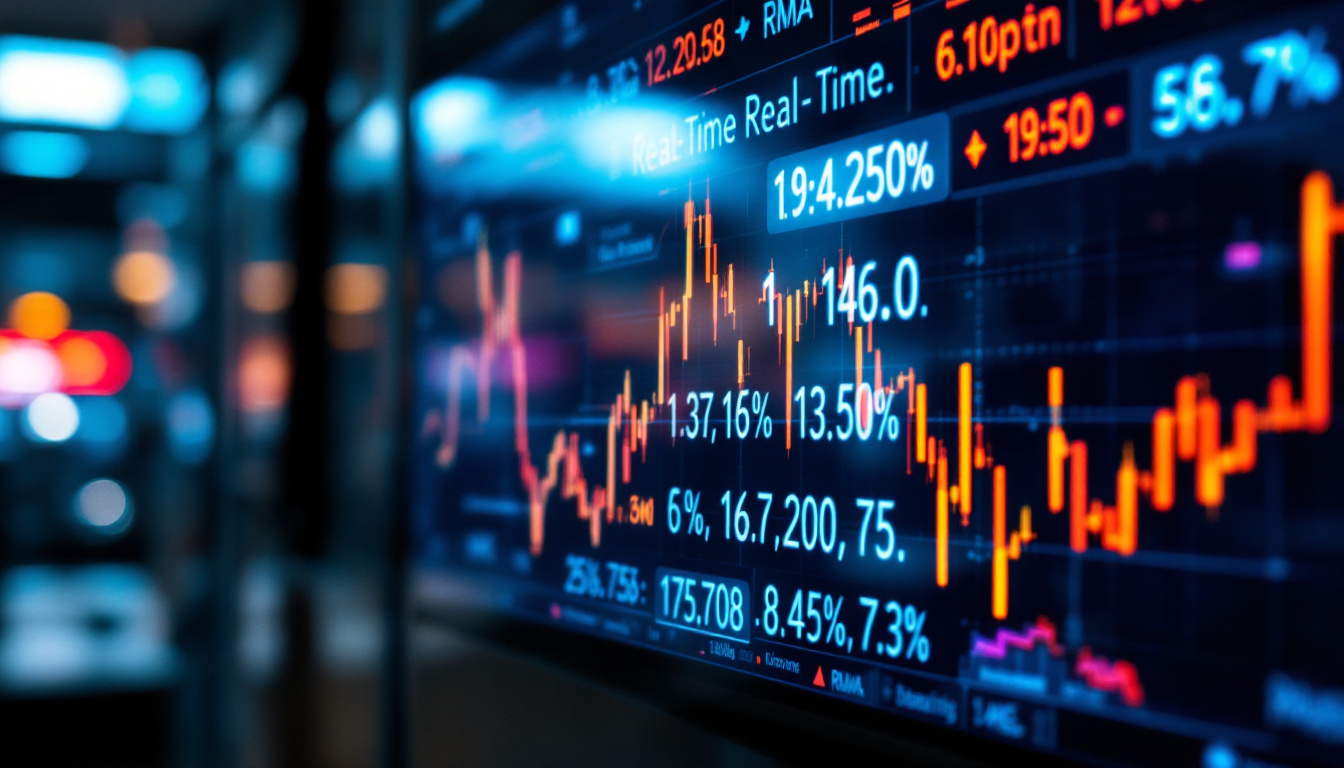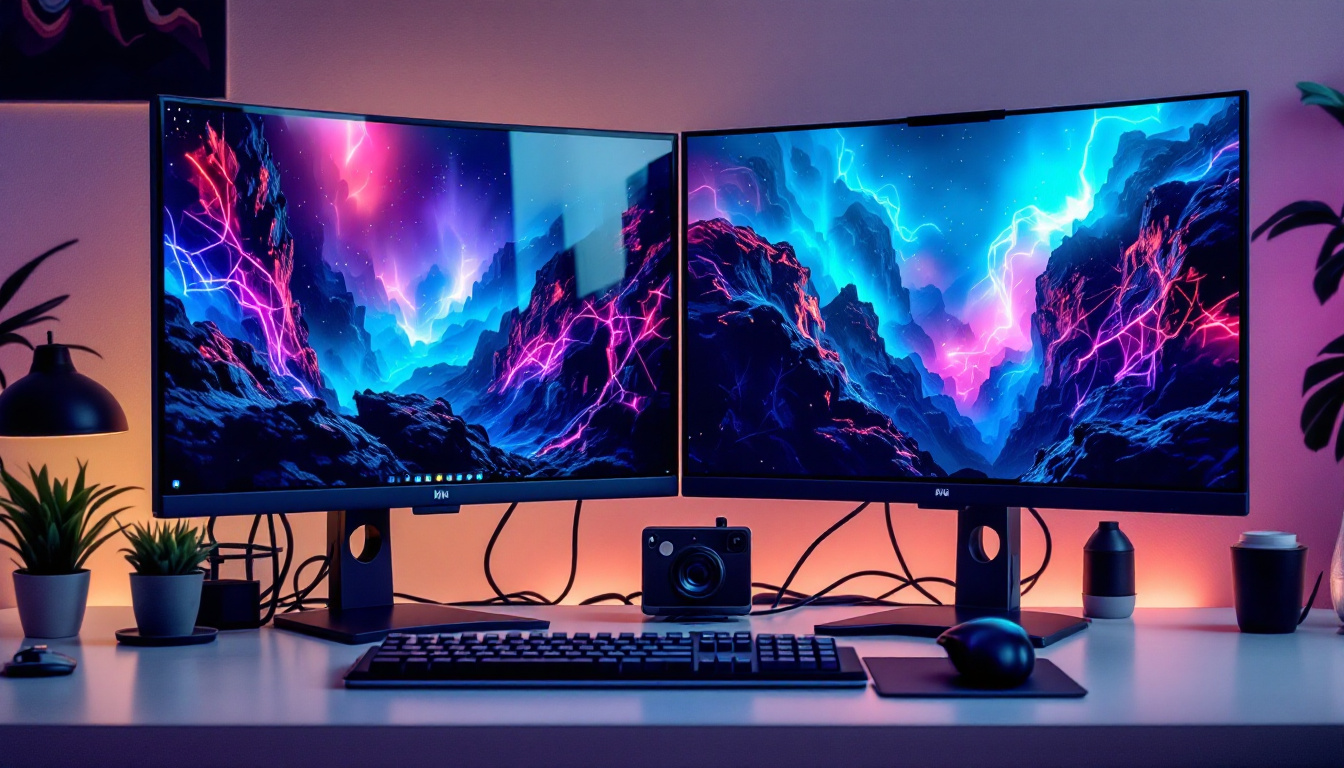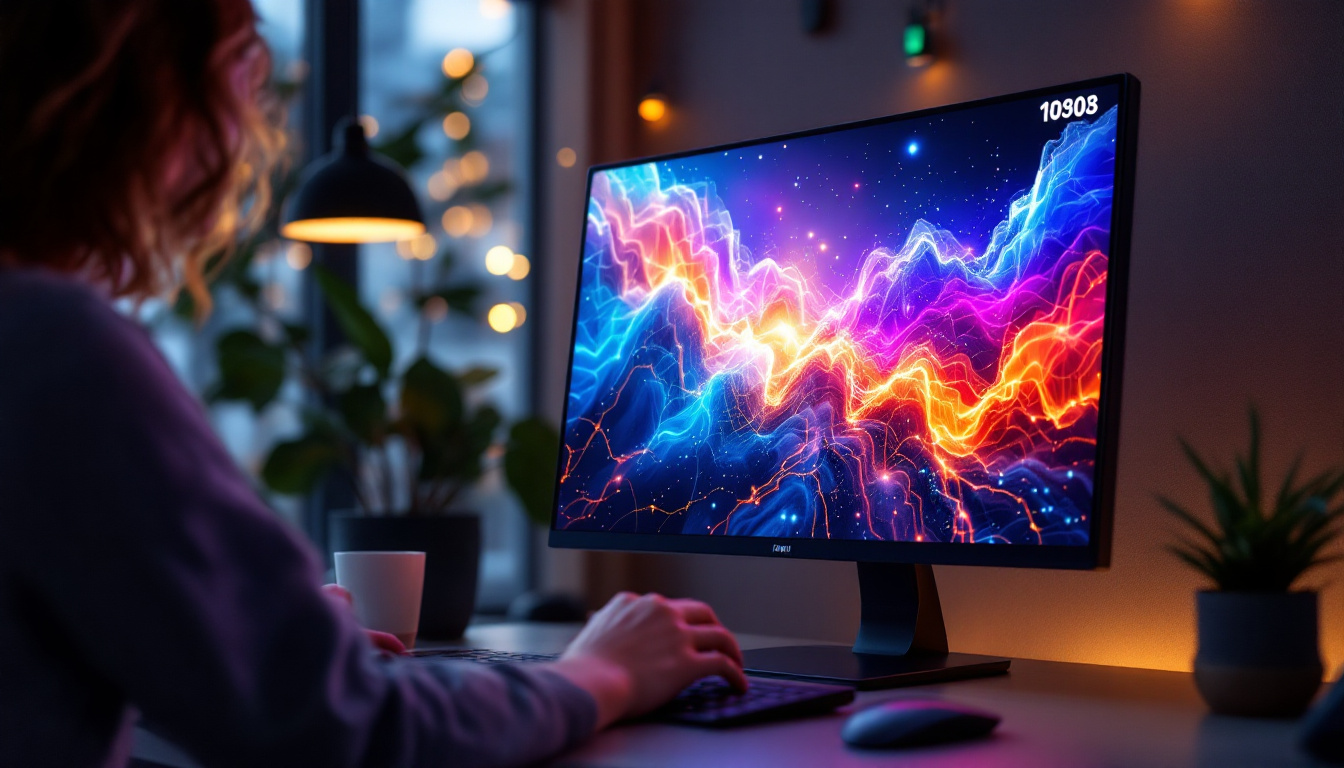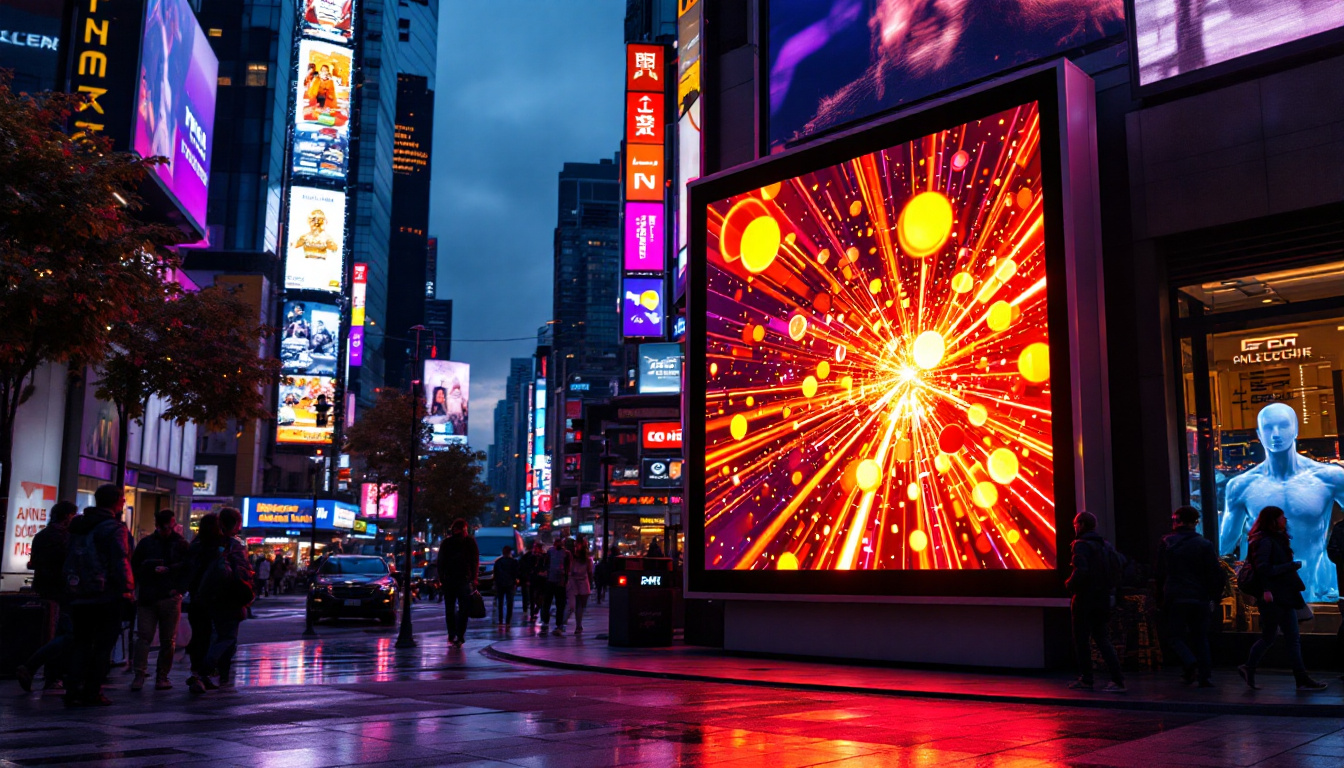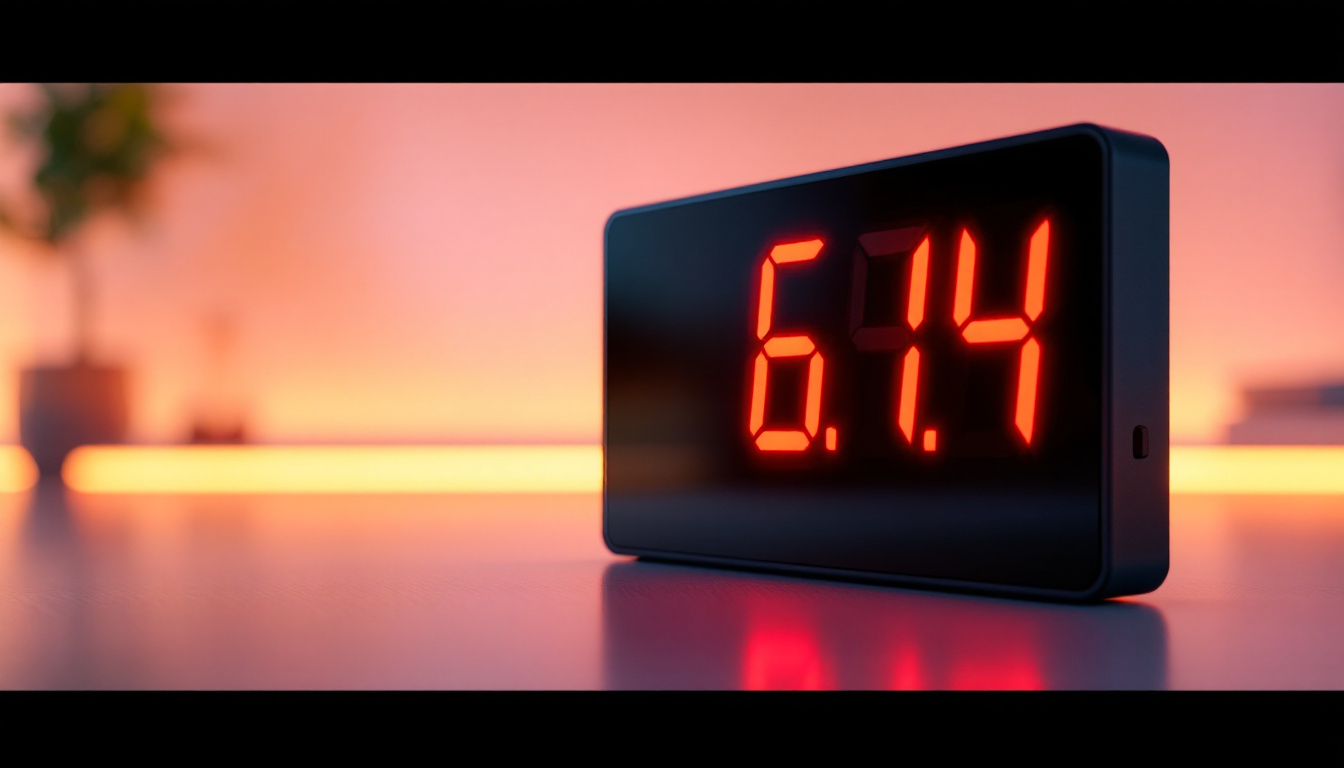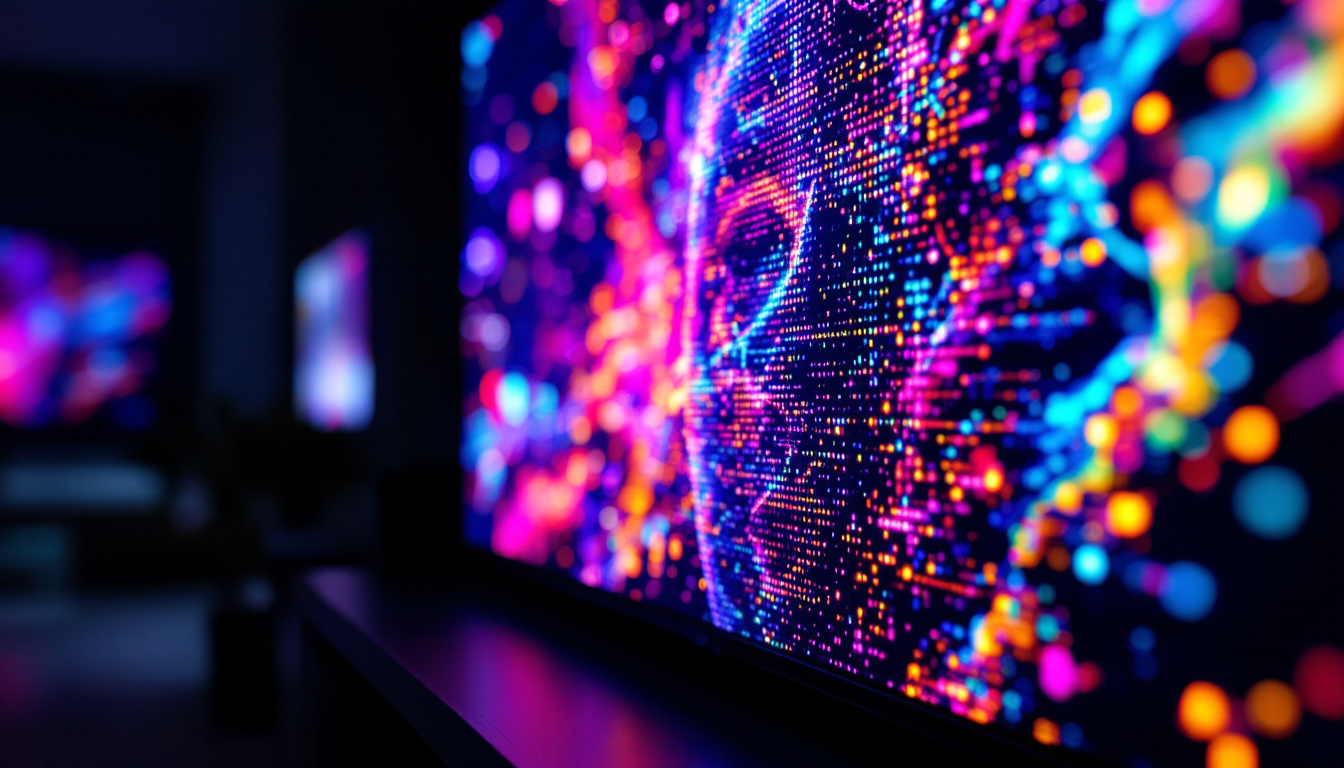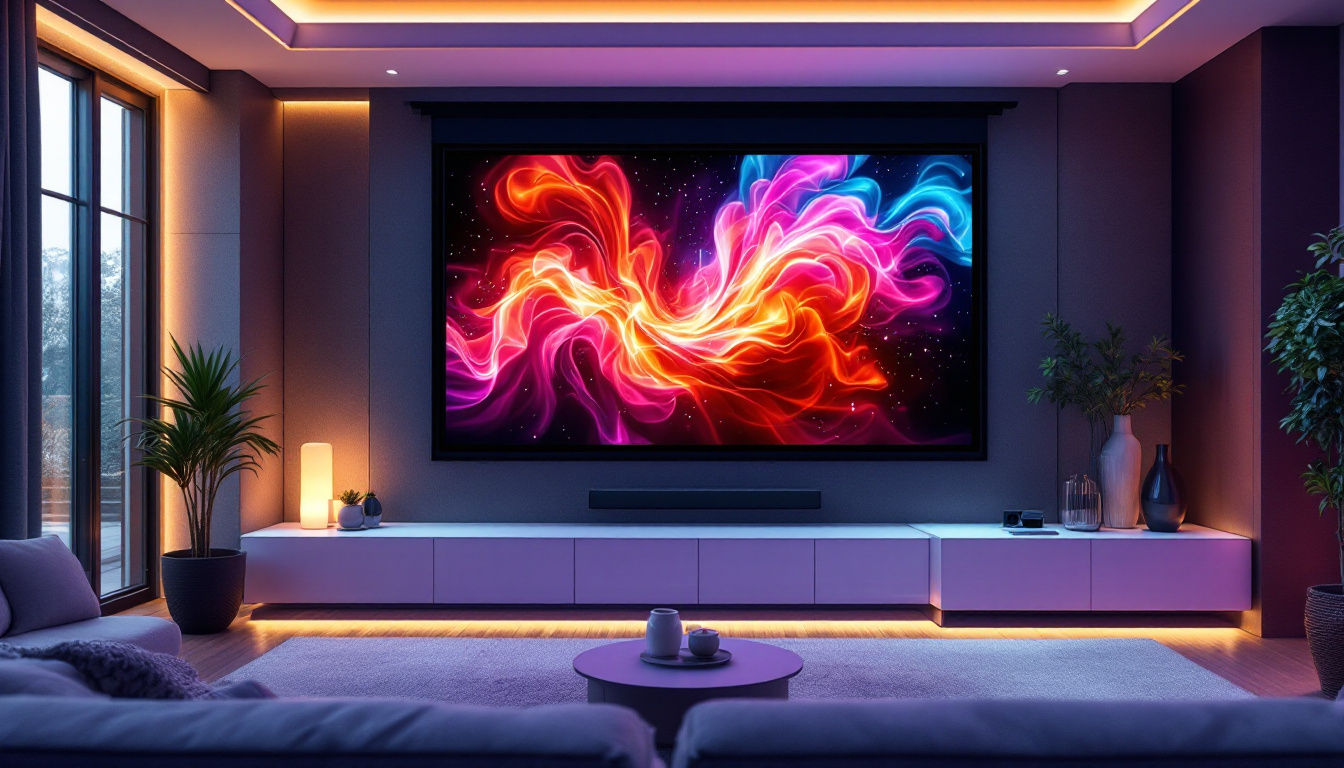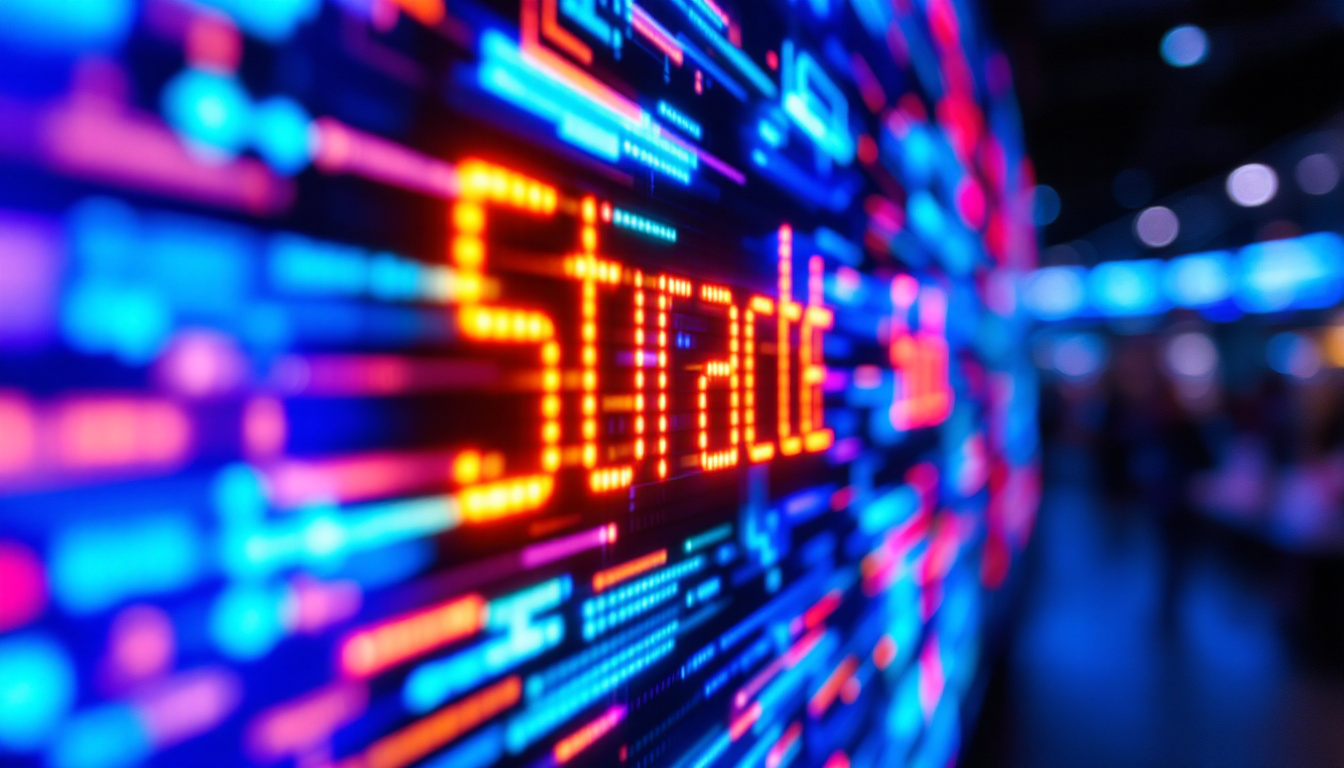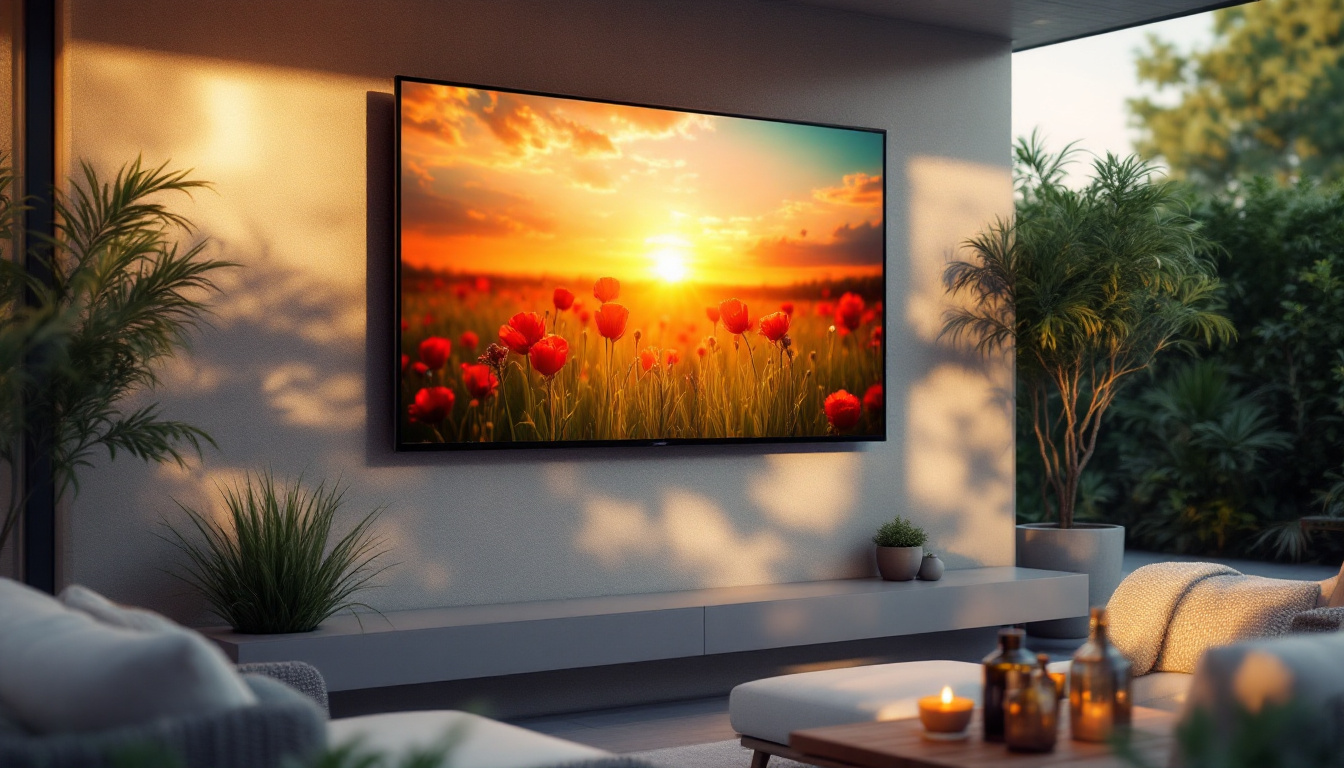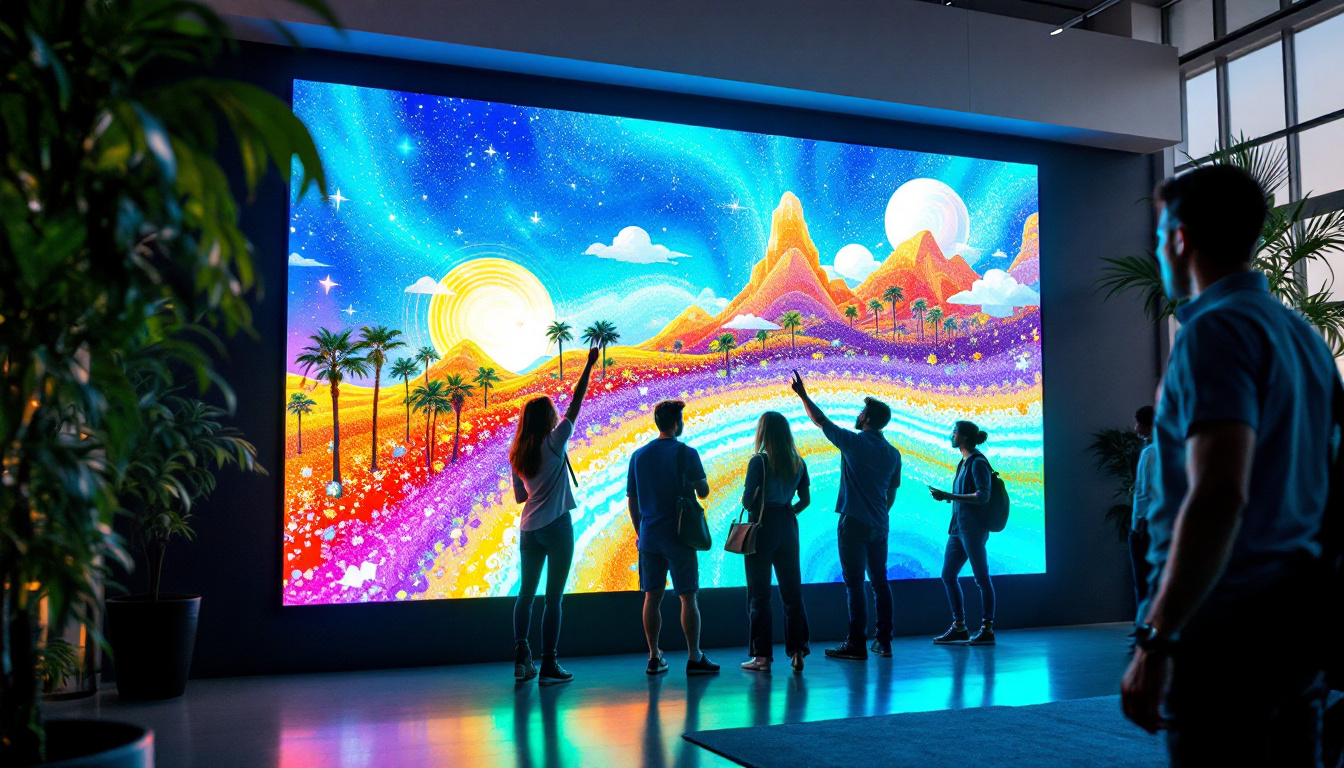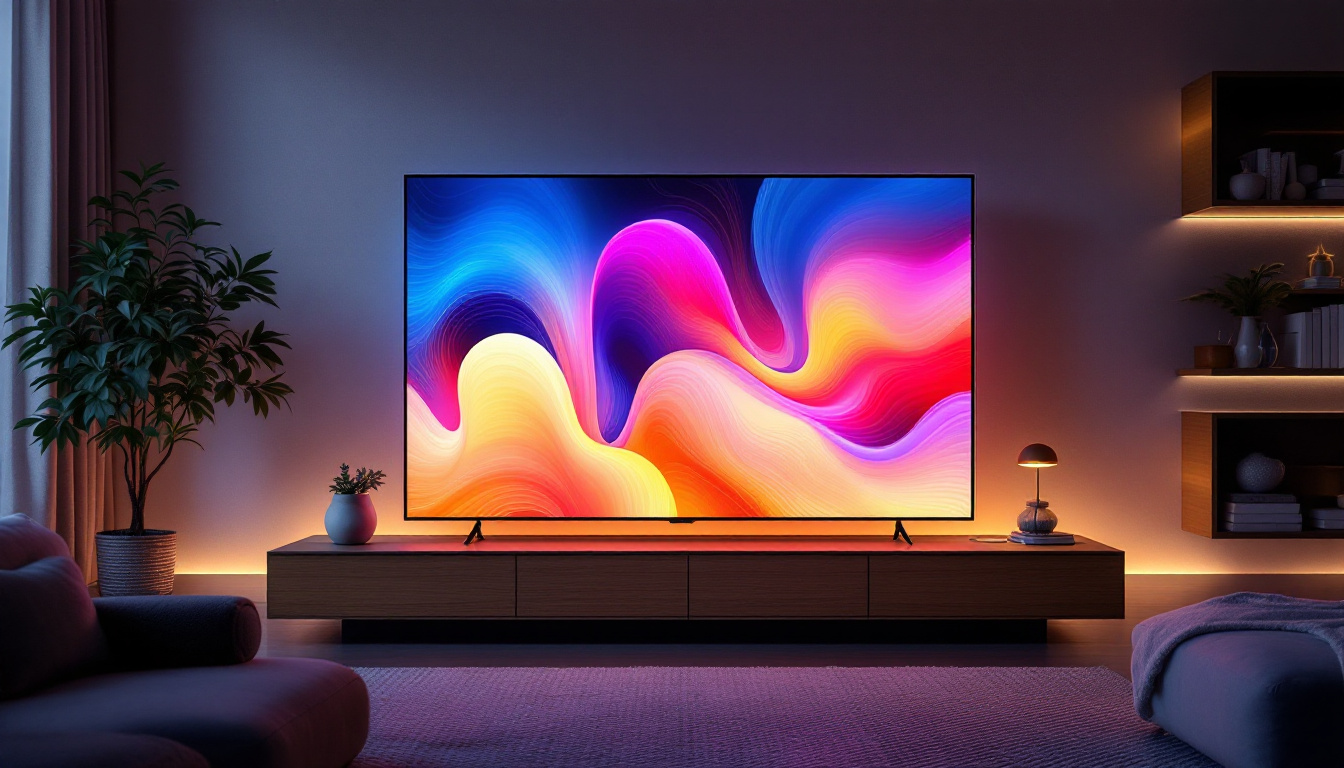In the realm of modern technology, industrial touch screen monitors have emerged as a pivotal tool in various sectors, from manufacturing to healthcare. These devices not only enhance user interaction but also streamline operations. This article delves into the intricacies of industrial touch screen monitors, focusing particularly on LED displays, their advantages, applications, and the technology behind them.
Understanding Industrial Touch Screen Monitors
Industrial touch screen monitors are specialized displays designed to withstand the rigors of harsh environments while providing intuitive user interfaces. Unlike standard consumer-grade monitors, these devices are built to endure extreme temperatures, vibrations, and exposure to dust and moisture. Their robust construction makes them ideal for use in manufacturing plants, warehouses, and outdoor settings, where traditional screens would quickly fail.
Key Features of Industrial Touch Screen Monitors
These monitors come equipped with several features that distinguish them from regular displays. One of the primary characteristics is their durability. Many industrial touch screens are housed in rugged enclosures that protect against physical damage. Additionally, they often feature anti-glare coatings, ensuring visibility in bright environments. This is particularly important in settings with direct sunlight or artificial lighting that can cause reflections and hinder visibility.
Another notable feature is their responsiveness. Industrial touch screens utilize advanced touchscreen technology, such as capacitive or resistive touch, allowing for quick and accurate input. This responsiveness is crucial in fast-paced industrial settings where efficiency is paramount. Furthermore, many models support multi-touch functionality, enabling operators to perform complex gestures and commands, which can significantly enhance workflow and productivity.
Benefits of Using Touch Screen Technology
The integration of touch screen technology in industrial settings offers numerous benefits. Firstly, it simplifies user interaction by eliminating the need for physical buttons or controls, which can wear out over time. This leads to a more streamlined operation, reducing the likelihood of errors during critical tasks. The intuitive nature of touch screens also means that less training is required for new employees, allowing them to become productive more quickly.
Moreover, touch screens can display complex data in a user-friendly manner. Operators can easily navigate through various functions and access real-time information, enhancing decision-making processes. This capability is particularly valuable in environments where time is of the essence. For instance, in a manufacturing setting, operators can monitor production metrics, adjust settings on the fly, and troubleshoot issues without needing to consult separate devices or manuals, thereby minimizing downtime and maximizing efficiency. Additionally, many industrial touch screens are designed to integrate seamlessly with other systems, such as PLCs (Programmable Logic Controllers) and SCADA (Supervisory Control and Data Acquisition) systems, further enhancing their utility in complex industrial environments.
The Role of LED Displays in Industrial Monitors
LED (Light Emitting Diode) displays have become the preferred choice for industrial touch screen monitors due to their superior performance and energy efficiency. Unlike traditional LCD screens, LED displays utilize a backlighting system that enhances brightness and contrast, making them suitable for various lighting conditions.
Advantages of LED Technology
One of the most significant advantages of LED technology is its energy efficiency. LED displays consume less power compared to their LCD counterparts, which translates to lower operational costs over time. This is particularly beneficial in industrial settings where multiple monitors may be in use simultaneously.
Additionally, LED displays provide better color accuracy and wider viewing angles. This feature is essential in industrial applications where precise color representation is critical for tasks such as quality control and monitoring processes.
Longevity and Reliability
LED displays are known for their longevity, often lasting significantly longer than traditional display technologies. This durability reduces the need for frequent replacements, which can be costly and disruptive in industrial environments. Furthermore, LED technology is less susceptible to burn-in and image retention, ensuring that the display remains clear and functional over time.
Applications of Industrial Touch Screen Monitors
Industrial touch screen monitors find applications across various sectors, each leveraging the technology to enhance efficiency and productivity. From manufacturing floors to medical facilities, these devices play a crucial role in daily operations.
Manufacturing and Automation
In manufacturing, touch screen monitors are often used for process control and monitoring. Operators can easily adjust settings, track production metrics, and troubleshoot issues directly from the screen. The intuitive interface reduces training time for new employees and minimizes the risk of operational errors.
Automation systems also benefit from the integration of touch screens. These monitors can serve as control panels for robotic systems, allowing operators to manage complex tasks with ease. The ability to visualize data in real-time enhances responsiveness and adaptability in fast-paced manufacturing environments.
Healthcare Sector
The healthcare industry has embraced industrial touch screen monitors for various applications, including patient monitoring, diagnostic imaging, and electronic health records management. Touch screens enable medical professionals to access critical information quickly, improving patient care and operational efficiency.
Moreover, the ability to interact with patient data through a touch interface streamlines workflows in busy hospital settings. This is particularly important in emergency situations where every second counts. The durability and hygiene features of industrial touch screens also make them suitable for medical environments.
Transportation and Logistics
In the transportation and logistics sectors, industrial touch screen monitors are utilized for tracking shipments, managing inventory, and monitoring vehicle performance. These devices provide real-time data that is essential for efficient supply chain management.
Touch screens in logistics operations allow workers to quickly input data, scan barcodes, and access information on the go. This efficiency not only improves productivity but also enhances accuracy in inventory management, reducing the likelihood of errors.
Choosing the Right Industrial Touch Screen Monitor
Selecting the appropriate industrial touch screen monitor requires careful consideration of various factors. Each application may have specific requirements that need to be addressed to ensure optimal performance.
Screen Size and Resolution
Screen size and resolution are crucial aspects to consider. Larger screens can display more information, which is beneficial in environments where multiple data points need to be monitored simultaneously. However, the chosen size should also fit the available space and be ergonomically accessible to users.
Resolution impacts the clarity of the displayed information. Higher resolution screens provide sharper images and text, which can be particularly important in applications requiring detailed data analysis. It is essential to strike a balance between size and resolution to meet the specific needs of the operation.
Touch Technology
The type of touch technology employed in the monitor can significantly affect user experience. Capacitive touch screens are known for their responsiveness and multi-touch capabilities, making them ideal for applications requiring quick interactions. On the other hand, resistive touch screens may be more suitable for environments where users wear gloves or need to operate the screen with a stylus.
Understanding the operational environment and user requirements will guide the choice of touch technology, ensuring that the monitor performs optimally in its intended application.
Maintenance and Care for Industrial Touch Screen Monitors
To ensure longevity and optimal performance, regular maintenance and care of industrial touch screen monitors are essential. Proper handling and cleaning can prevent damage and prolong the lifespan of the device.
Cleaning Procedures
Cleaning industrial touch screens should be done with care to avoid scratching the surface. It is advisable to use a microfiber cloth and a gentle cleaning solution specifically designed for electronics. Avoid using abrasive materials or harsh chemicals, as these can damage the display.
Regular cleaning not only maintains the appearance of the monitor but also ensures that the touch interface remains responsive. Dust and grime can interfere with touch sensitivity, leading to operational inefficiencies.
Regular Software Updates
Keeping the software of industrial touch screen monitors updated is crucial for security and functionality. Manufacturers often release updates that enhance performance, fix bugs, and add new features. Regularly checking for updates and applying them can help in maintaining the monitor’s efficiency and security against potential vulnerabilities.
Future Trends in Industrial Touch Screen Monitors
The landscape of industrial touch screen monitors is continuously evolving, driven by advancements in technology and changing user needs. Several trends are shaping the future of this industry.
Integration with IoT and AI
The integration of Internet of Things (IoT) technology with industrial touch screen monitors is becoming increasingly common. This connectivity allows for real-time data sharing and analysis, enabling smarter decision-making processes. For instance, monitors can display data from various sensors, providing operators with a comprehensive view of operations.
Artificial Intelligence (AI) is also playing a role in enhancing the functionality of touch screen monitors. AI algorithms can analyze data patterns and provide predictive insights, helping industries optimize their processes and improve efficiency.
Enhanced User Interfaces
As technology advances, user interfaces for industrial touch screen monitors are becoming more sophisticated. The focus is shifting towards creating more intuitive and user-friendly designs that cater to the needs of diverse users. This includes customizable interfaces that allow operators to prioritize the information they need most.
Moreover, the incorporation of augmented reality (AR) features is gaining traction. AR can provide operators with interactive overlays that enhance their understanding of complex data, further improving operational efficiency.
Conclusion
Industrial touch screen monitors equipped with LED displays represent a significant advancement in technology that enhances operational efficiency across various sectors. Their durability, energy efficiency, and user-friendly interfaces make them indispensable tools in modern industrial environments.
As industries continue to evolve, the integration of advanced technologies such as IoT and AI will further enhance the capabilities of these monitors. Understanding the features, benefits, and maintenance requirements of industrial touch screen monitors is essential for organizations looking to leverage their full potential.
In an increasingly competitive landscape, investing in the right technology can lead to improved productivity and operational success. The future of industrial touch screen monitors is bright, promising even greater innovations that will redefine how industries operate.
Discover LumenMatrix’s Advanced LED Display Solutions
Ready to elevate your industrial environment with the latest in LED display technology? LumenMatrix is at the forefront of innovation, offering a wide range of LED display solutions tailored to meet your specific needs. From Indoor and Outdoor LED Wall Displays to specialized options like Vehicle, Sports, and Floor LED Displays, our products are designed to enhance brand visibility and create immersive visual experiences. Embrace the future of visual communication with our Custom, All-in-One, and Transparent LED Displays. Check out LumenMatrix LED Display Solutions today and transform your industrial touch screen monitors into powerful tools for engagement and productivity.

